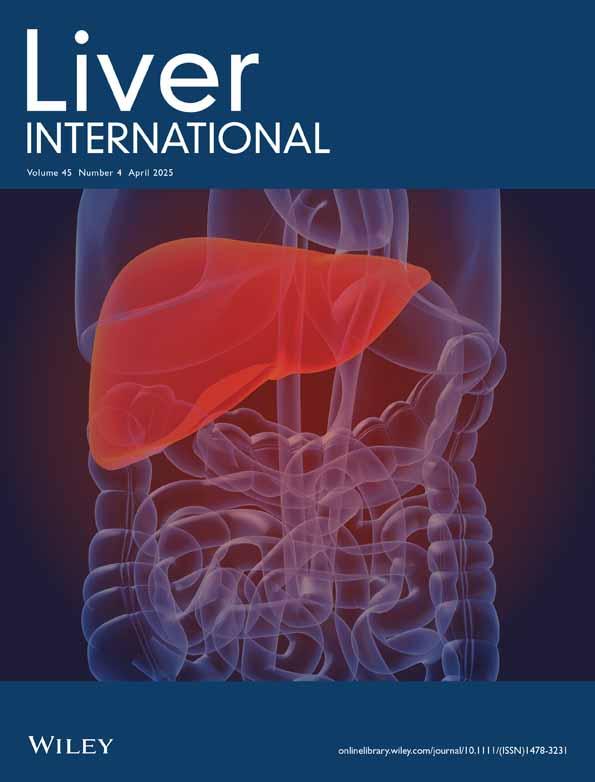Identification of Clinically Significant Portal Hypertension in cACLD Individuals With Spleen Stiffness Measurement
Handling Editor: Luca Valenti
Funding: This study was supported by the National Science and Technology Major Project (2022YFC2304800 and 2018ZX10723203); National Natural Science Foundation of China (82070650, 82370614, 82300698, and 82000544). Local Innovative and Research Teams Project of Guangdong Pearl River Talents Program (2017BT01S131). Clinical Research Program of Nanfang Hospital. Southern Medical University (2020CR026); and Clinical Research Startup Program of Southern Medical University by High-level University Construction Funding of Guangdong Provincial Department of Education (LC2019ZD006).
Xiaofeng Zhang, Ling Zhou, Weihao Liang, and Xiao Cheng contributed equally to this study.
ABSTRACT
Background and Aims
The Baveno VII consensus recommends spleen stiffness measurement (SSM) for the detection of clinically significant portal hypertension (CSPH) in patients with compensated advanced chronic liver disease (cACLD). We aimed to evaluate the performance of SSM-based algorithms.
Methods
Consecutive cACLD individuals who underwent hepatic venous pressure gradient measurement, liver stiffness measurement (LSM), and SSM measured with the dedicated 100-Hz probe by vibration-controlled transient elastography were prospectively enrolled.
Results
From July 2021 to August 2024, a total of 395 patients were screened, and 185 cACLD cases were enrolled, of which 101 patients had CSPH. An SSM > 50 kPa demonstrated a positive predictive value (PPV) of 98.0% and a specificity of 98.8% for ruling in CSPH, correctly identifying 47.5% (48/101) of CSPH cases. Sensitivity analysis revealed that in 60 patients with aetiology removal or suppression, SSM > 50 kPa achieved both a PPV and specificity of 100%. Among the 125 patients with ongoing aetiologies, the PPV and specificity were 96.4% and 98.3%, respectively. Across HBV (with or without viral suppression) and non-HBV subgroups, the PPV and specificity consistently exceeded 90%. In decision curve analysis, SSM > 50 kPa provided the highest net benefit compared with other elastography-based algorithms when threshold probabilities exceeded 0.8.
Conclusions
We prospectively validated that SSM > 50 kPa, measured using the spleen-dedicated probe, is sufficient for identifying CSPH in individuals with cACLD.
Trial Registration
NCT04820166
Conflicts of Interest
The authors declare no conflicts of interest.
Open Research
Data Availability Statement
The cleared data are available upon reasonable requirements and with approval from Prof. Jinjun Chen.




